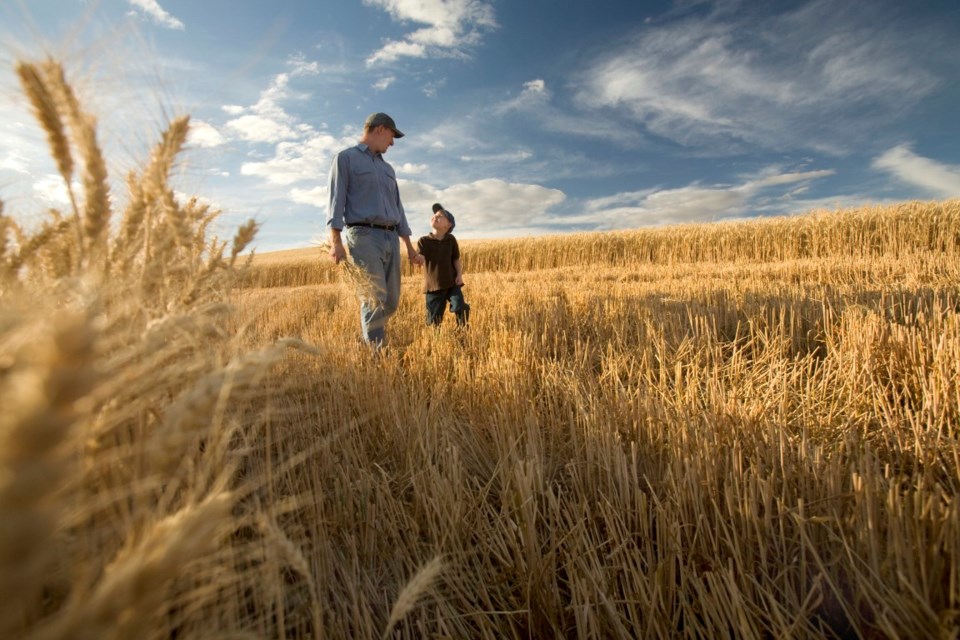Readers with experience in the oil industry know that safety meetings are a major part of that business — not just once a day but often several times a day.
Anyone who drives trucks for a living knows all about pre-trip safety checks.
Those in the manufacturing business talk about weekly safety meetings and daily checkups.
Pilots of small aircraft don’t leave the ground without conducting a pre-flight checklist.
In all these examples, people are having routine conversations about safety.
Are those conversations taking place on our farms and ranches as part of an everyday routine?
In some instances, maybe, but daily or weekly conversations about safety are likely not an established protocol in farming country. Statistics show it is an omission that can have devastating consequences.
According to an article published in the Canadian Occupational Safety magazine last fall, deaths on farms or related to farming practices dropped 1.4 percent a year from 2011 to 2020, but they are still high: 624 in that decade.
Machinery rollovers, runovers and entanglements were the main causes.
The hardest hit age groups are children and seniors: 26 deaths in the one- to four-year-old category and 124 in the 70 to 79 group. Of the child deaths, 12 were in the bystander runover category.
These are sobering numbers, and they deserve action from the entire industry, starting at the farm level. That’s where those crucial safety conversations should be held.
Some may argue there’s not enough time in the day as it is, but oilfield workers, truckers, factory employees and pilots are just as busy. Somehow they have managed to make safety part of their culture.
As we mark Canadian Agricultural Safety Week, it’s time those who farm begin doing the same. Informal meetings at the start of each day or week would be a good start, but it should also become more than that.
Employers must make sure all workers know how to use their equipment, whether it be a chainsaw or a grain auger.
If an emergency does occur, everyone on the farm must know what to do — who to call and how to give accurate directions for first responders.
It’s no secret that the farming demographic is aging, and it’s important to recognize that older bodies and minds aren’t always as quick as younger ones. Regular assessment of older farmers’ capabilities should become routine.
Talk of regular safety meetings implies people working as a group, but farming can also be a solitary endeavour. Many producers work alone for hours at a time. Ask these questions: Does anyone know where you are? If you told someone where you’re going in the morning, do you update when you change fields half way through the day?
Having regular conversations about farm safety also includes letting others know where you are and what time you expect to return.
Larger farms and increased mechanization mean fewer farmers, and those who are left must be extra vigilant when it comes to looking out for each other.
Cellphones have been a godsend when it comes to farm safety, but they have their limitations. Service can be spotty and they must be carried at all times. The phone doesn’t do anyone any good sitting in the cab if a person falls while climbing off the tractor.
The bottom line is that individual farmers must do more to reduce those terrible accident statistics. Talking about it is a great place to start.
Karen Briere, Bruce Dyck, Barb Glen, Michael Robin, Robin Booker and Laura Rance collaborate in the writing of Western Producer editorials.




